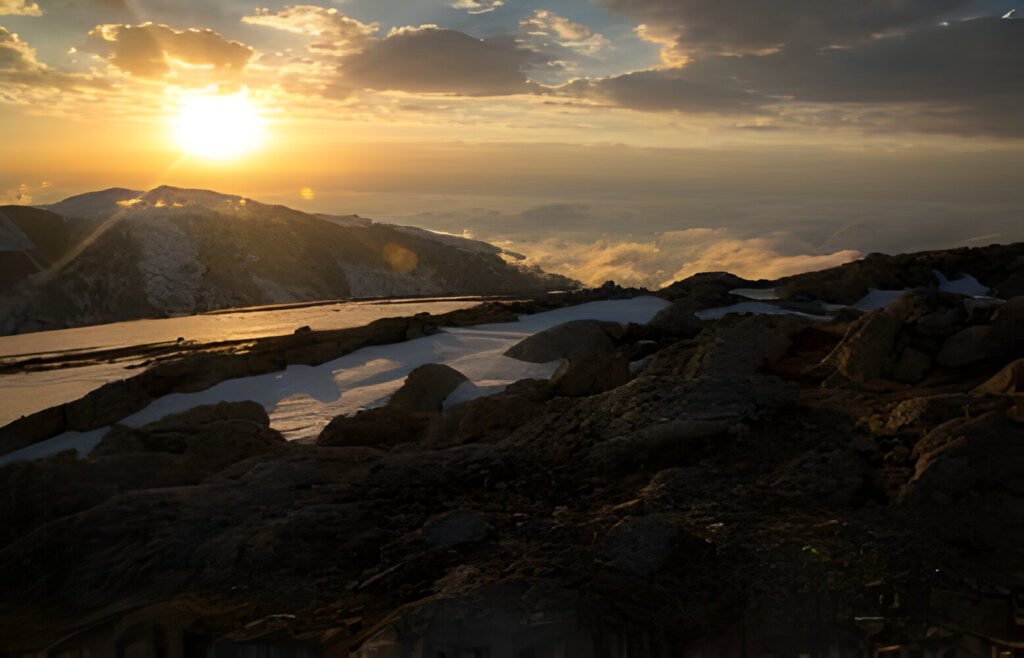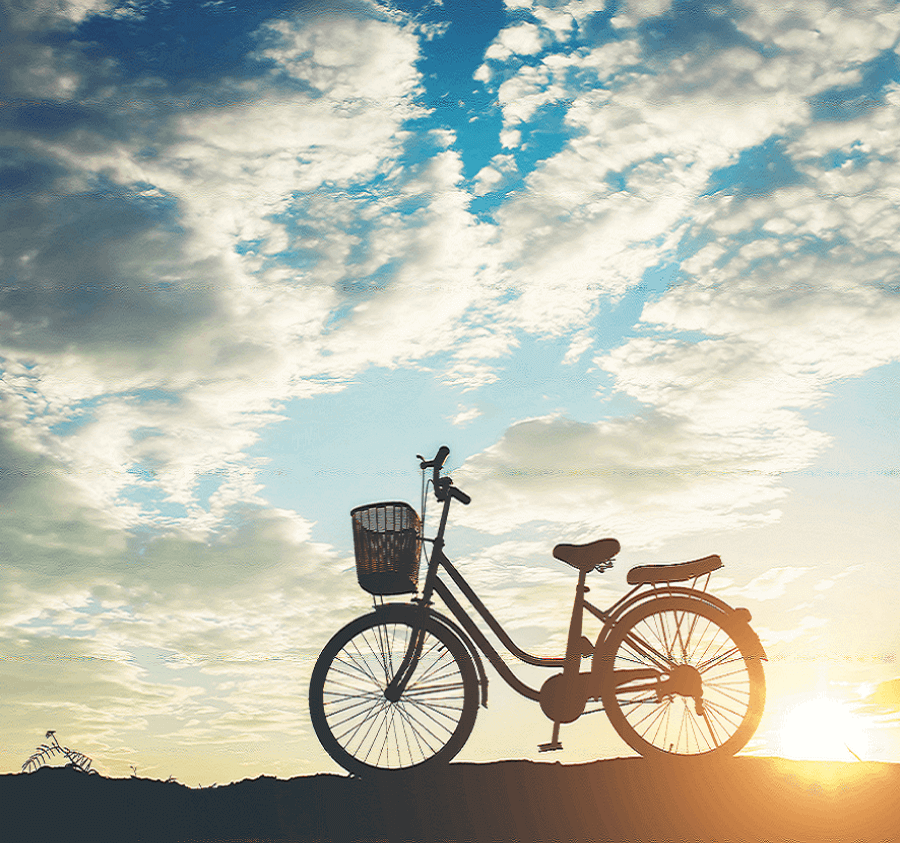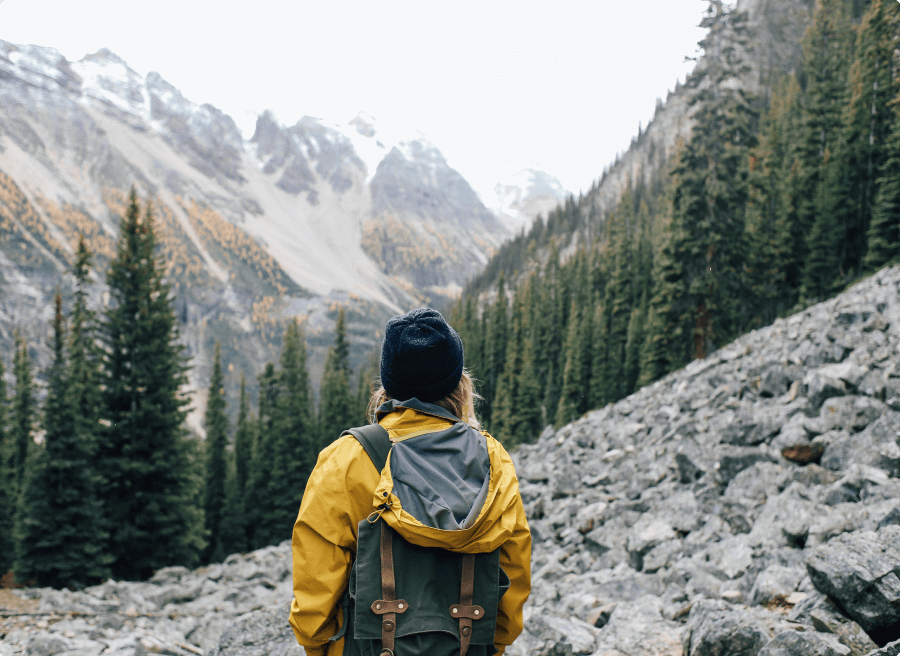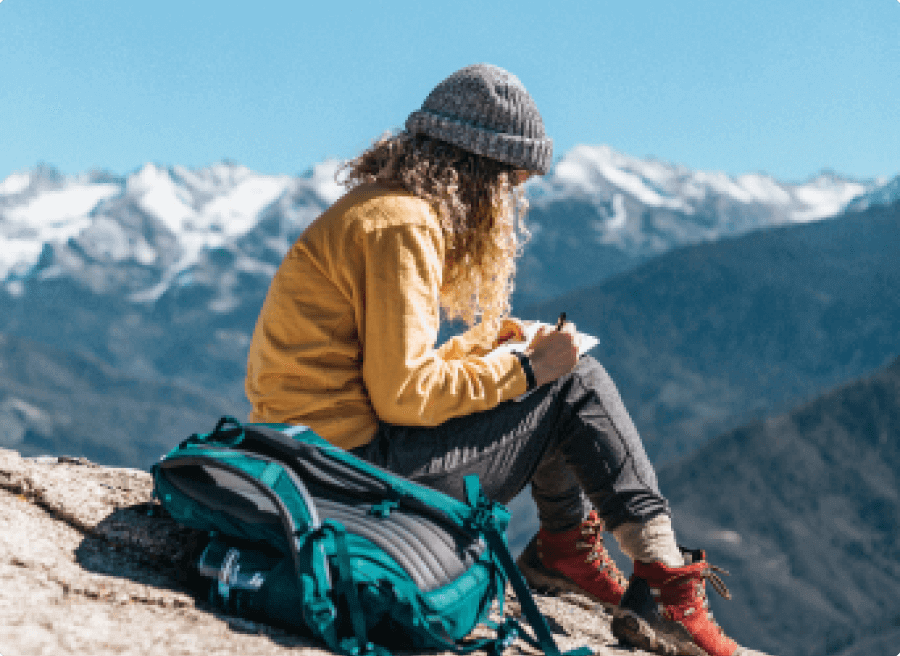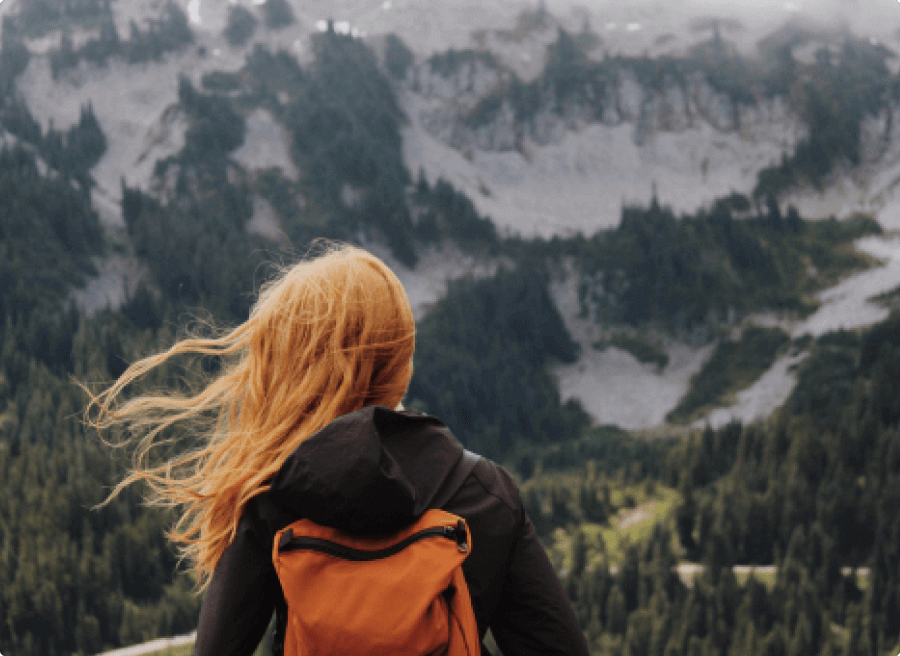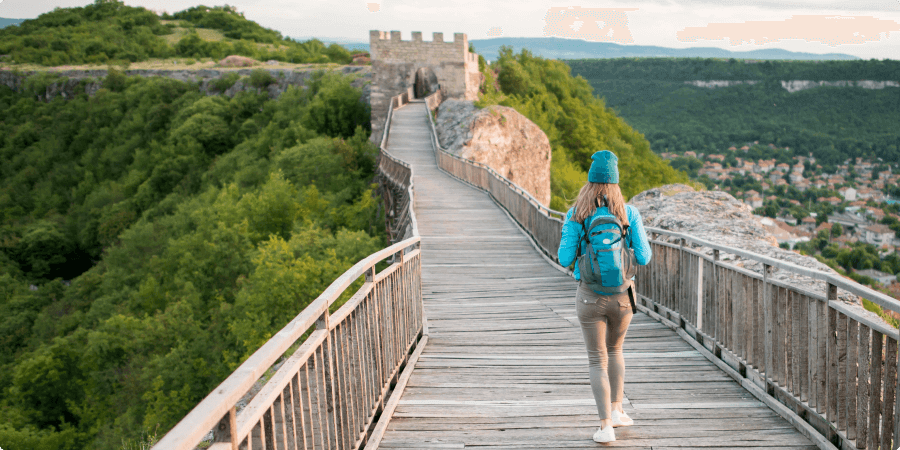Ultimate Kilimanjaro Altitude Sickness – 2025 Guide to Prevention and Recovery : One of the biggest challenges when climbing Mount Kilimanjaro in 2025 isn’t the distance or the cold—it’s the altitude. At 5,895 meters (19,341 feet), the oxygen level at the summit is just half that of sea level. That’s why understanding Kilimanjaro altitude sickness is essential for a safe and successful summit.
This guide will help you understand what altitude sickness is, how to prevent it, and what to do if symptoms appear during your trek.
Ultimate Kilimanjaro Altitude Sickness – 2025 Guide to Prevention and Recovery : What Is Altitude Sickness?
Ultimate Kilimanjaro Altitude Sickness – 2025 Guide to Prevention and Recovery : Altitude sickness, or Acute Mountain Sickness (AMS), occurs when your body cannot adjust quickly enough to high elevations with lower oxygen levels. It can affect anyone—regardless of fitness, age, or experience.
Ultimate Kilimanjaro Altitude Sickness – 2025 Guide to Prevention and Recovery : Common Symptoms:
- Headache
- Nausea
- Dizziness
- Shortness of breath
- Fatigue
- Loss of appetite
- Insomnia
If left unmanaged, AMS can lead to more serious conditions like High Altitude Pulmonary Edema (HAPE) or High Altitude Cerebral Edema (HACE)—both life-threatening.
Ultimate Kilimanjaro Altitude Sickness – 2025 Guide to Prevention and Recovery : Prevention Tips for Kilimanjaro Altitude Sickness
1. Choose a Longer Route
The longer you spend acclimatizing, the better your body adapts. Opt for 7- or 8-day treks like the Lemosho or Northern Circuit route.
2. Follow “Climb High, Sleep Low”
Ascend during the day, but camp at a lower altitude when possible. This helps your body adjust gradually.
3. Stay Hydrated
Drink 3–4 liters of water daily. Dehydration worsens altitude symptoms.
4. Pace Yourself
Go slowly—even if you feel strong early in the climb. Fast ascents increase your risk of AMS.
5. Consider Acetazolamide (Diamox)
Consult your doctor before your trip. This medication can help prevent AMS by speeding up the acclimatization process.
What to Do If Symptoms Appear
- Mild AMS: Rest, hydrate, and communicate with your guide. Avoid ascending further until symptoms improve.
- Moderate to Severe AMS: Descend immediately. Going to a lower elevation is the most effective treatment.
- HAPE/HACE Warning Signs: Confusion, inability to walk, wet cough, chest tightness—these are medical emergencies. Rapid descent and oxygen administration are required.
Role of Your Kilimanjaro Guide
Reputable guides monitor climbers for altitude symptoms daily. Many carry:
- Pulse oximeters to check blood oxygen
- First-aid kits with Diamox and oxygen
- Emergency evacuation protocols
Always follow your guide’s advice—even if it means turning back. Health must come first.
Final Thoughts
Kilimanjaro altitude sickness is serious, but with the right preparation, pacing, and awareness, most climbers can summit safely. Choose the right route, ascend gradually, stay hydrated, and listen to your body. In 2025, your best defense is preparation—and the reward is standing on the Roof of Africa.
